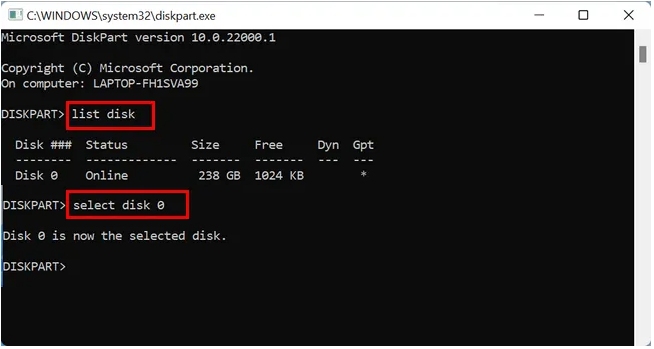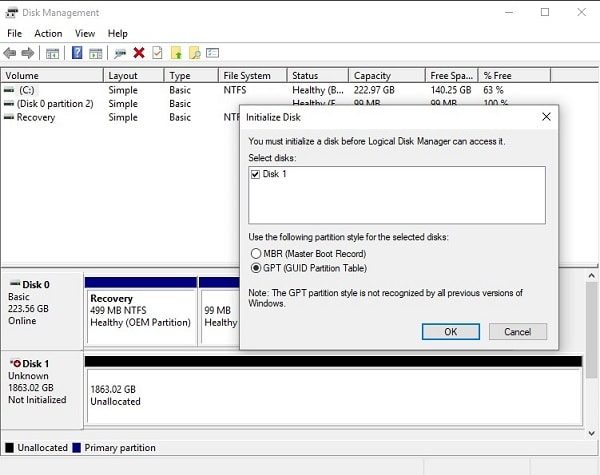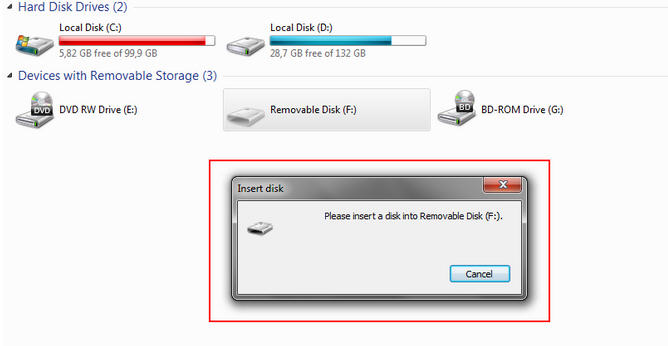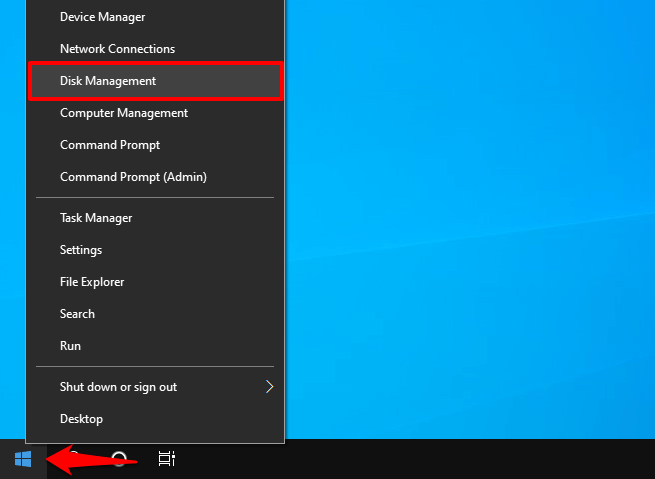
Now, you need to tap on the “Disk Management” option. Step 1: In Windows 10 or 8, you have to press Windows + X keys. Here, we have given the procedure of formatting. You have to format it to a supported file system.

If it is displaying as “*Others” or Raw, ensure that you have a corrupted hard drive. Fixing RAW, Unsupported or Corrupted File System – Formatting Hard Drive to NTFS Then, check the hard drive whether it is shown or not. Step 3: At last, you have to restart the PC. You can also check the power cable also in this case. Step 2: Use a SATA cable for unplugging and replugging in the hard drive.

In case you find the cable(power or SATA) broken, then use a new one. Step 1: Firstly, your job is to check those cables that you are using to connect. A problematic cable or loose connection can cause connection problems. You can use this method when you don’t find the new hard drive in disk management or file explorer. Fixing Problematic Hard Drive Connection – Changing the Disk Connection The ways to fix the hard drive not showing up problems are as follows:- Fix (Old/New) Hard Drive Not Showing Up in Windows 10 Method 1. That too both new and old hard drives are not showing up in windows. Why is My Hard Drive Not Showing Up in Windowsĭue to connection problems, corrupted drive file system, outdated driver, damaged HDD, this kind of error may happen. In this article, we have given multiple processes that you can follow to get rid of hard drive not showing up problem. For these errors, there are several solutions.

Some times, you can see that windows cannot recognize internal, external, and new hard drives. Sometimes, you can see that it is missing from the PC. With the help of magnetic storage and magnetic rotating platters, this Electro-Mechanical data storage device stores and retrieves the data. Now, you can enter the Disk Management console and see if the drive is now detected by the PC.The hard disk drive are fixed disk. When the drive is showing as ready to remove, select remove > remove drive. Change when plugged in, PC goes to sleep after, to Never If the PC keeps going into sleep, you can prevent this by typing Power and sleep in the Start Menu, and then select power & sleep settings. Leave the PC plugged in until the drive is ready to be removed Select prepare for removal > prepare for removal. Locate the drive you want to remove from the pool Select change settings > physical drives to see all the drives currently in your pool Open the start menu and type Storage Spaces, then select Storage Spaces from the list of results that appear The data stored on that drive will be moved to other drives in the pool, and you can use the drive for some other purpose:

If you created a pool in Windows 10 or upgraded an existing pool, then you will be able to remove a drive from it. Steps to removing a drive from a Windows 10 Storage Pool


 0 kommentar(er)
0 kommentar(er)
